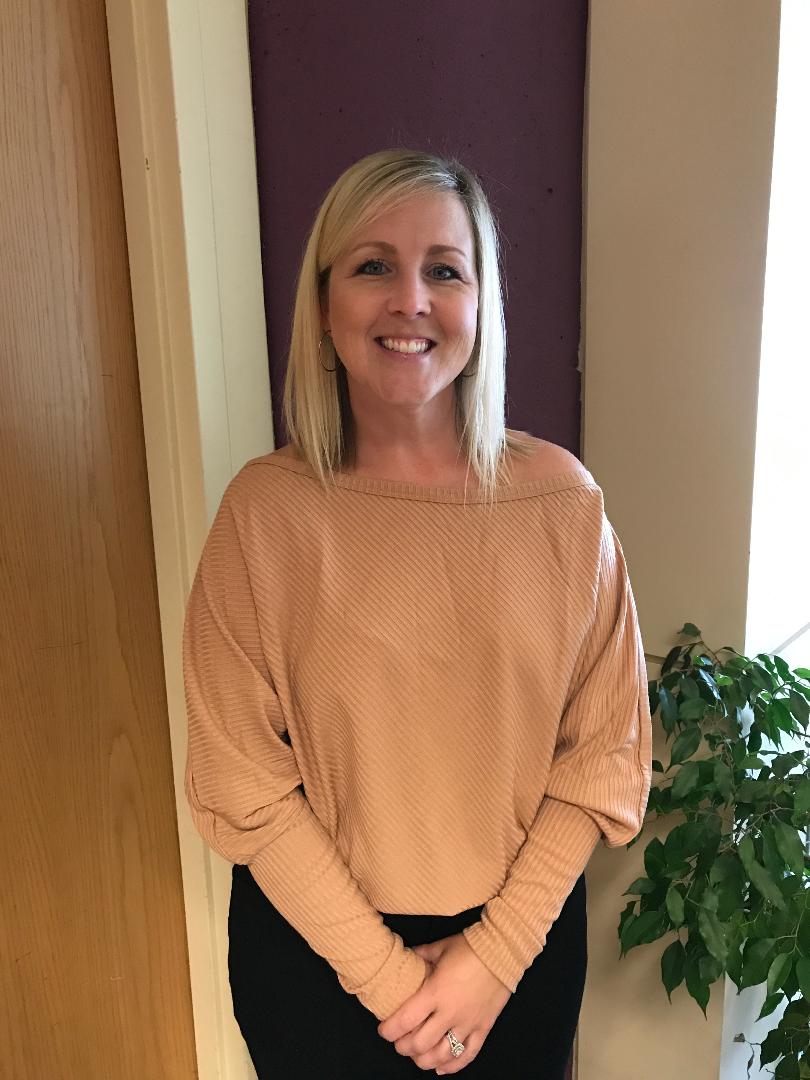By: Jenasa Staples, Staff Writer
A Family for ME program works to bring awareness to the need for families willing to care for children in foster care. A Family for ME is a contracted program with the Department of Health and Human Services (DHHS) that has been active for the past twenty years throughout the state of Maine. The past three years this contract has been partnered with Spurwink Services, a non-profit organization that provides behavioral health and education services for children, adults, and families.
Stephanie Eklund, recruiter specialist at A Family for ME, says, “The need we have right now is tremendous. We’re at a low for the number of foster and adopted families that we have and we need to increase these numbers as much as we can to better care for these children as best we can.” She says that 2,100 children are currently in foster care. She spends her days in the community recruiting families by hanging posters, setting up tables at events where she can interact with families and posting photos of children ready to be adopted right now in local libraries or stores like Marden’s. These photos of children that are ready to be adopted are also on the Heart Gallery, a special gallery made specifically for these children, located on the A Family for ME website.
Eklund explains that the high number of children in foster care has to do with the rise in opioid crisis which has caused a rise in-utero abuse for infants, as well as the struggle to find placement for older children which is the majority of the children, and the difficulty to find homes that will take sibling groups. 75% of sibling groups end up being separated.
The number one goal DHHS has after taking a child from a home is to reunify the child with their biological family once the parents have worked towards a point where they are able to care for their children safely again. Eklund says that some foster families care for a child for six months to two years. Reunifying is not always successful. Some parents get to a point where they are able to care for their children again but relapse into old patterns so the child is flip-flopped in and out of their original home and foster homes. Reunification can be successful and has been successful but is less likely. When reunification is not successful, there is a plan in place to help the child become adopted, which sometimes happens to be with the foster families.
“There are very few obstacles or limitations when it comes to becoming a licensed caregiver as a foster family,” says Eklund. She has identified through working with families that one of the barriers for families wanting to foster or adopt is that they think they may not fit the guidelines. People have thought they had to be married, own their home, working full time and other ideas that are not accurate. Another barrier is the fear of change that will appear in their life when fostering a child. Families wonder if it will affect their biological children, if it will affect their work schedule, or will they suffer heartbreak from becoming emotionally attached to children that eventually are reunited with their family. Cost is also a concern from families, they believe fostering or adopting a child will cost them an excessive amount of money which is false. The only thing families have to pay for is fingerprinting, which is one part of the process.
The process required for families to go through to become licensed caregivers takes about three to four months. First, families reach out to A Family for ME and are connected to a recruiter specialist. Second, families attend an informative meeting with DHHS to go over statistics, licensing paperwork, what kind of relationship they expect to have with children, discuss the relationship between fostering and adopting, and are given an application packet. Third, families will have a background check, fingerprinting completed and attend eighteen hours of training. Lastly, the family will have a water inspection, home safety inspection and time for DHHS to get to know the families interests and hobbies so they are able to match a family and child appropriately.
When asked if this program has increased the number of families applying, Eklund says, “Do we have enough families yet to keep all the children in care? No.” Even though there isn’t enough families right now, she says the number of families applying has increased. She also explains that it’s not just the lack of families applying as to why there aren’t enough families, but some foster families end up adopting the child or children they have been caring for which leads to the families discontinuing to foster other children.
If you are interested in becoming a foster family or adopting a child, visit afamilyformemaine.org and you will be navigated through the beginning processes that will connect you to a recruitment specialist.

